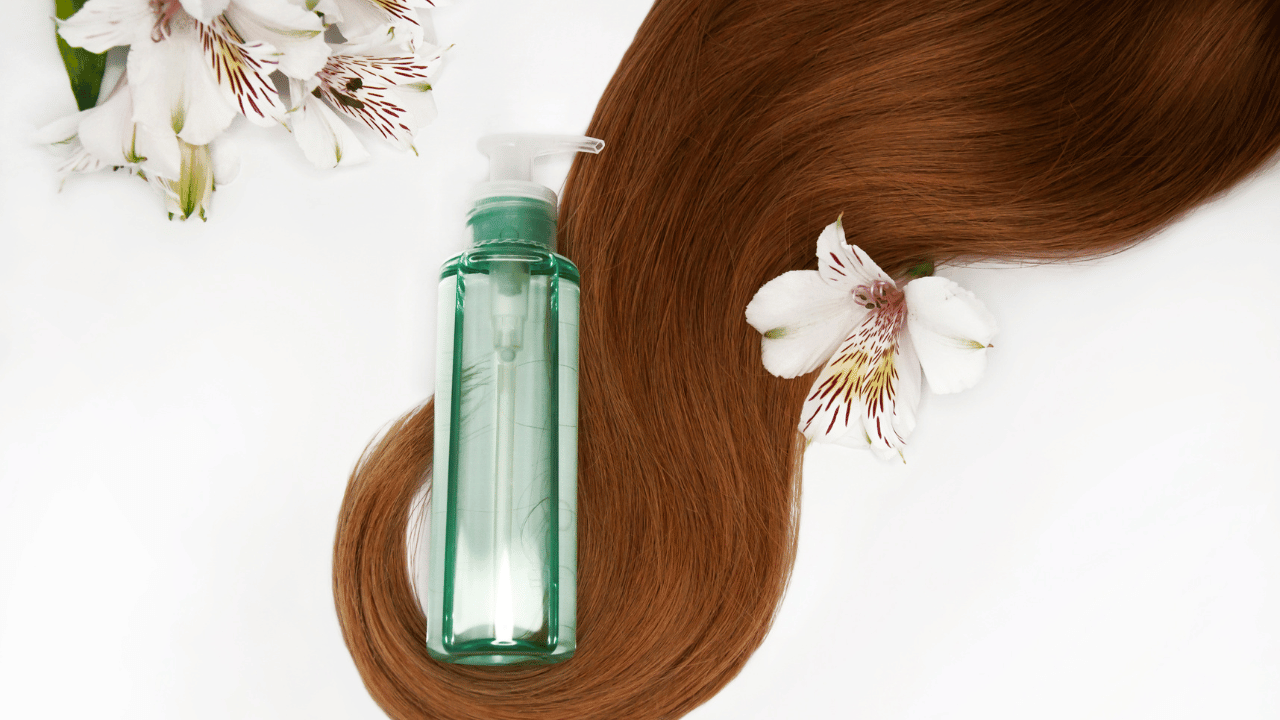Introduction
Shampoo is a staple in every hair care routine, but have you ever wondered about the science behind it? The type of shampoo you use can significantly impact your hair’s health and appearance. In this blog post, we’ll dive into the science of shampoo and help you choose the right products for your specific hair needs.
The Basics of Shampoo
Shampoo is a cleansing product designed to remove dirt, excess oil, and styling product buildup from your hair and scalp. It achieves this through a combination of key ingredients and mechanisms:
- Surfactants: These are the primary cleansing agents in shampoo. Surfactants have a hydrophilic (water-attracting) and lipophilic (oil-attracting) part. They surround and lift away dirt and oils, allowing them to be rinsed off with water.
- pH Balance: The pH level of your shampoo is crucial. Ideally, it should be slightly acidic, around pH 4.5 to 5.5, to maintain the natural acidity of your scalp. This acidity helps to keep the hair cuticle smooth and healthy.
- Conditioning Agents: Many shampoos contain conditioning agents that help detangle hair, reduce frizz, and improve manageability.
- Specialized Ingredients: Some shampoos include specialized ingredients like tea tree oil for dandruff control or proteins for strengthening.
Choosing the Right Shampoo
Selecting the right shampoo depends on your hair type and specific concerns:
1. Oily Hair
- Look for: Clarifying shampoos with strong cleansing agents to remove excess oil.
- Avoid: Heavy or creamy shampoos that can weigh down your hair.
2. Dry or Damaged Hair
- Look for: Moisturizing shampoos with ingredients like glycerin or oils.
- Avoid: Clarifying or sulfate-heavy shampoos that can strip moisture.
3. Fine or Limp Hair
- Look for: Volumizing shampoos with lightweight formulas.
- Avoid: Heavy, creamy shampoos that can make your hair look flat.
4. Color-Treated Hair
- Look for: Color-safe shampoos that are sulfate-free to preserve your hair color.
- Avoid: Harsh, sulfate-containing shampoos that can fade color.
5. Sensitive Scalp
- Look for: Gentle, hypoallergenic shampoos without harsh fragrances or additives.
- Avoid: Shampoos with strong fragrances or ingredients that may irritate your scalp.
6. Dandruff or Scalp Issues
- Look for: Anti-dandruff shampoos with ingredients like zinc pyrithione or ketoconazole.
- Avoid: Shampoos with harsh chemicals that may exacerbate scalp issues.
Proper Shampooing Techniques
Using the right shampoo is essential, but so is the way you shampoo:
- Wet Hair Thoroughly: Start by wetting your hair thoroughly with warm water.
- Apply Shampoo: Apply a small amount of shampoo to your palm, then distribute it evenly through your hair, focusing on the scalp.
- Massage Gently: Use your fingertips to gently massage your scalp for a minute or two. Avoid using your nails, as this can damage your scalp.
- Rinse Well: Rinse your hair thoroughly with lukewarm water, ensuring all shampoo is washed out.
- Condition Appropriately: Follow up with a conditioner or treatment suitable for your hair type. Apply it primarily to the ends of your hair.
- Final Rinse: Finish with a final rinse using cool water to help seal the hair cuticle.
Conclusion
Understanding the science of shampoo and choosing the right products for your hair type and concerns is essential for maintaining healthy, vibrant locks. By following proper shampooing techniques and selecting the appropriate shampoo, you can ensure that your hair not only looks great but also remains in optimal health.



